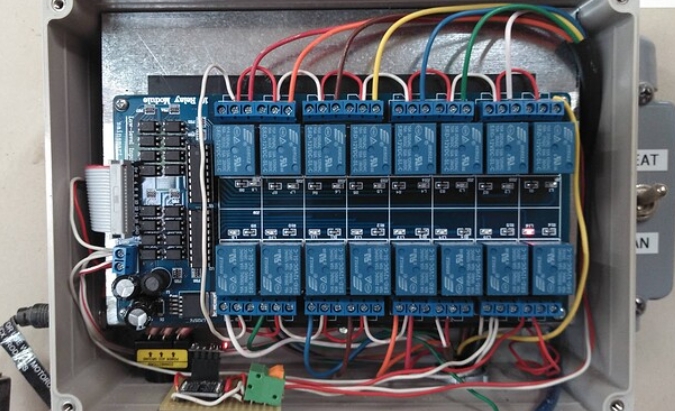
Breaker vs Fuse: Understanding the Key Differences and Choosing the Right Electrical Protection Device
In the world of electrical systems, ensuring safety is of utmost importance. When it comes to protecting circuits and electrical equipment from overloads and short circuits, two commonly used devices are breakers and fuses. While both serve the same purpose, they have distinct differences in terms of functionality, design, and overall performance. In this article, we will delve into the details of breakers and fuses, highlighting their unique characteristics and helping you make an informed decision when it comes to electrical protection.
- Understanding Breakers:
Breakers, also known as circuit breakers, are mechanical devices designed to protect electrical circuits from excessive current flow. They consist of a switch mechanism and a trip mechanism. The switch mechanism allows for manual control of the circuit, while the trip mechanism automatically interrupts the circuit when it detects an overload or short circuit. Breakers are available in various types, including thermal-magnetic, magnetic, and ground fault circuit interrupters (GFCIs). Each type offers specific features and protection capabilities, catering to different electrical applications. - Exploring Fuses:
Fuses, on the other hand, are electrical safety devices that contain a metal wire or strip that melts when exposed to excessive current. This melting action breaks the circuit, preventing further flow of current and protecting the electrical system. Fuses are available in different sizes and ratings, allowing for customization based on the specific requirements of the circuit. They are commonly used in residential, commercial, and industrial applications, providing reliable protection against overcurrent conditions. - Key Differences:
Now that we have a basic understanding of breakers and fuses, let's explore the key differences between the two:
- Response Time: Breakers have a faster response time compared to fuses. They can detect and interrupt a fault within milliseconds, minimizing the risk of damage to the electrical system. Fuses, on the other hand, have a slightly slower response time due to the time required for the wire or strip to melt.
- Resetting Capability: Breakers offer the advantage of being resettable. Once a fault is detected and the circuit is interrupted, the breaker can be manually reset to restore power. Fuses, on the other hand, need to be replaced after they have melted, as they are not resettable.
- Sensitivity: Breakers can be more sensitive to minor overcurrent conditions, allowing for better protection of sensitive equipment. Fuses, on the other hand, may have a higher tolerance for temporary overloads, which can be advantageous in certain applications.
- Cost: Breakers generally have a higher upfront cost compared to fuses. However, considering their resettable nature, they can be more cost-effective in the long run, as they eliminate the need for frequent fuse replacements.
Conclusion:
In summary, breakers and fuses are both essential components of electrical protection systems. While breakers offer faster response times, resettable capabilities, and increased sensitivity, fuses provide reliable protection and can be more cost-effective in certain scenarios. Choosing the right device depends on various factors, such as the specific application, budget, and desired level of protection. By understanding the key differences between breakers and fuses, you can make an informed decision and ensure the safety and efficiency of your electrical system.